Online shopping has revolutionized the way we shop, offering convenience and accessibility like never before. However, with the increase in online shopping comes the need for increased awareness of online shopping safety.
In this complete guide, we will explore the various risks associated with online shopping and provide essential tips to ensure your online shopping experience is secure and enjoyable.
Protecting Personal Information: Safeguarding Your Digital Footprint
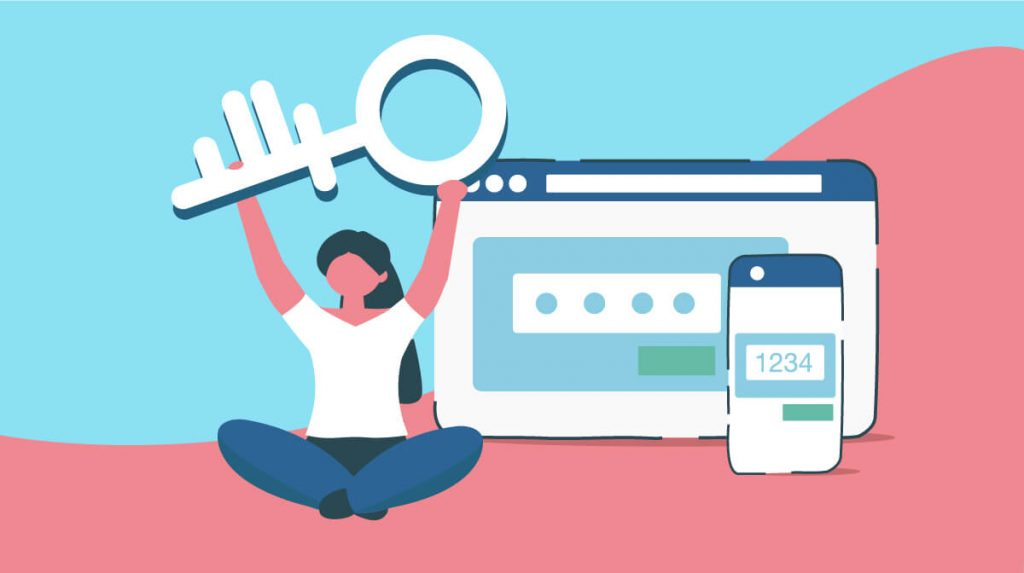
In an era where digital interactions are ubiquitous, safeguarding personal information has become paramount. From online shopping to managing online accounts, the digital realm presents both convenience and potential risks. By adopting prudent measures and best practices, one can navigate the digital landscape with confidence and peace of mind.
Minimizing Data Exposure During Online Purchases and Transactions
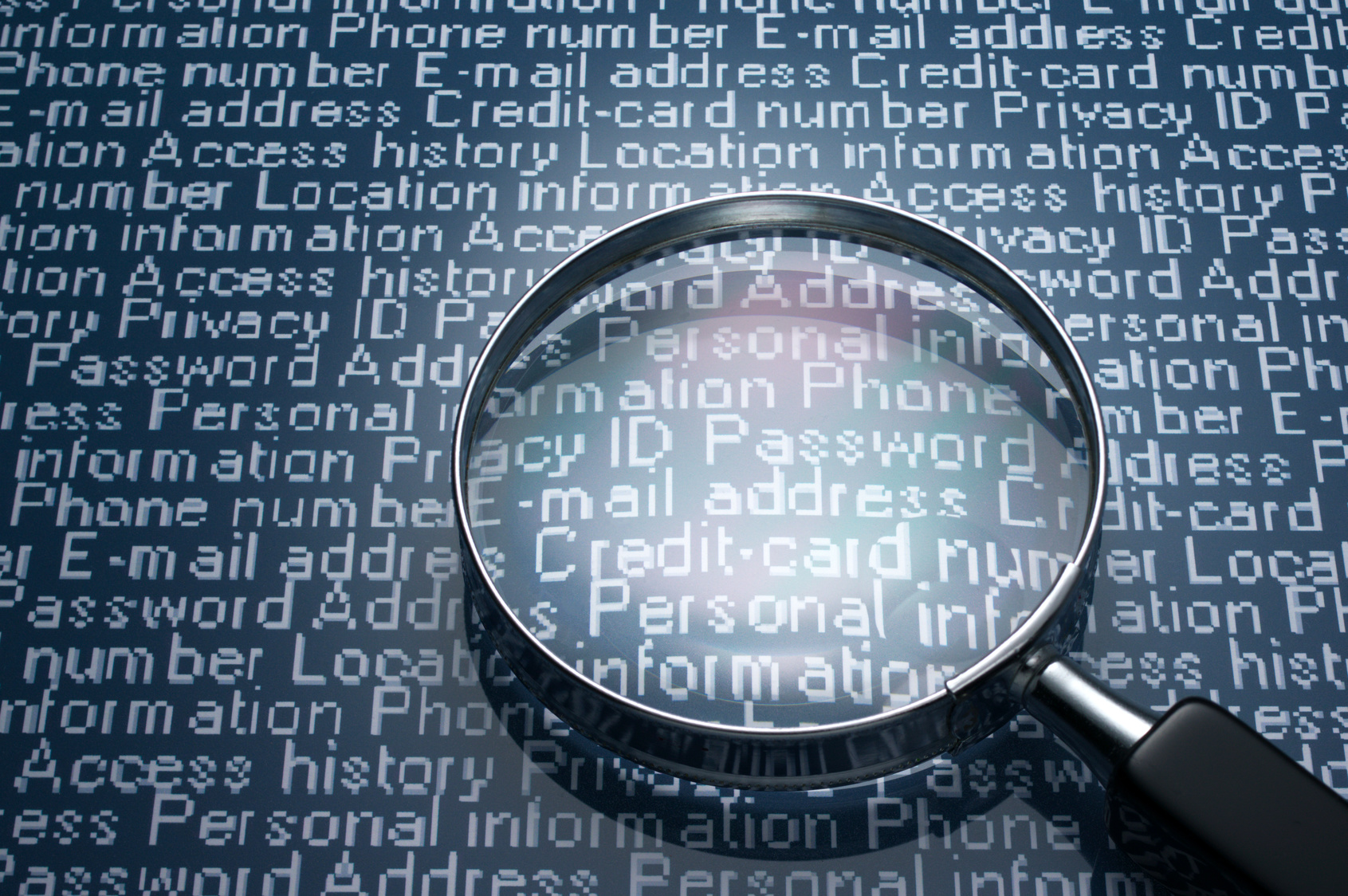
The allure of online shopping is undeniable, offering a plethora of options at the click of a button. However, it’s crucial to exercise caution and minimize data exposure during your online purchase transactions. Always opt for secure sites that utilize Secure Sockets Layer (SSL) encryption, ensuring that your credit card details and sensitive information remain confidential.
Before making online purchases, scrutinize the website’s authenticity. Look for the padlock icon in the address bar—a telltale sign of a secure connection. Additionally, consider using a virtual private network (VPN) when shopping on public Wi-Fi networks. This encrypted tunnel shields your data from potential eavesdroppers and malicious websites.
Best Practices for Creating Strong Passwords and Security Questions
A robust defense against unauthorized access lies in the creation of strong passwords and security questions. Avoid common phrases or easily guessable combinations. Incorporate a mix of special characters, numbers, and uppercase letters into strong password to enhance complexity.
Furthermore, consider employing a password manager—a tool designed to securely store and manage your credentials.
This not only simplifies the process of maintaining multiple accounts but also ensures that each password adheres to stringent security standards. Remember, the strength of your password is a cornerstone of online shopping safety and data breach protection.
Implementing Two-Factor Authentication and Biometric Verification
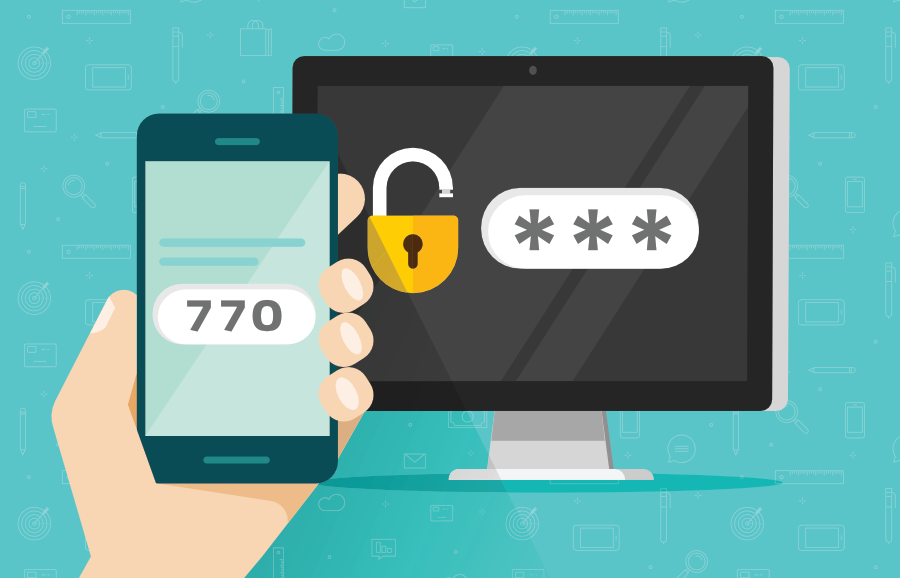
In an age where cyber threats abound, implementing additional layers of security is imperative. Two-factor authentication (2FA) adds an extra barrier against unauthorized access by requiring two forms of verification—a password and a secondary code typically sent to your mobile device.
Biometric verification, such as fingerprint or facial recognition, offers a seamless yet robust method of identity verification. By leveraging unique physiological traits, biometric systems provide an additional safeguard against identity theft and fraudulent activities.
Ensuring Privacy and Confidentiality in Shopping Online
Privacy and confidentiality are integral to a safe online shopping experience. Familiar brands and e-commerce platforms endorsed by reputable entities like the Better Business Bureau instill confidence to shop online safely and reduce the risk of encountering fraudulent websites. Always read customer reviews and compare prices to make informed decisions.
Be vigilant of email scams and unsolicited offers that seem too good to be true. Exercise common sense and avoid clicking on suspicious links or providing personal or financial information without verifying the legitimacy of the sender. Regularly monitor credit card statements for any unauthorized charges, and promptly report any discrepancies to your credit card company.
Safe Payment Practices
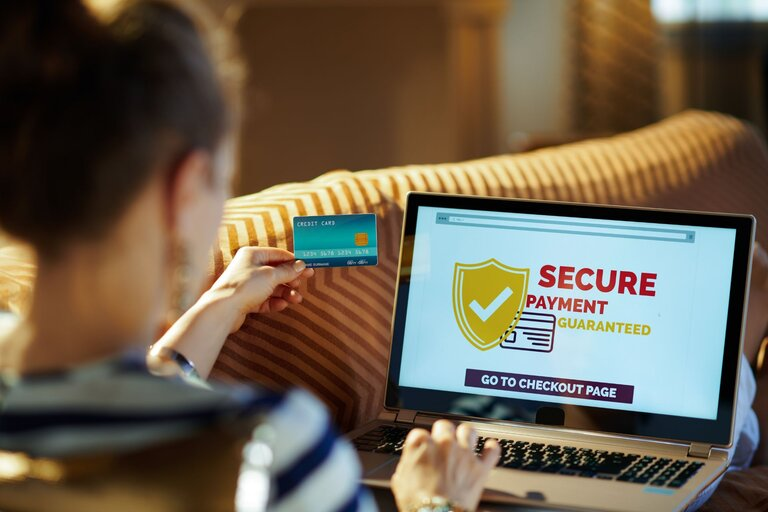
In the fast-paced realm of online shopping, ensuring your financial safety is paramount. From choosing the right payment methods to safeguarding your personal information, adopting safe payment practices is crucial for a worry-free and safer online shopping’ experience. Let’s delve into the intricacies of this digital frontier and explore the key elements that contribute to a secure transaction.
Choosing Reputable Payment Methods and Platforms
When embarking on an online shopping spree, the first line of defense lies in selecting reputable payment methods and platforms. Opt for established online stores that use secure sockets layer (SSL) encryption to protect your sensitive information. Credit cards, widely accepted across the digital landscape, offer additional layers of security. Many credit card companies provide fraud protection, shielding you from unauthorized charges.
While exploring virtual storefronts, take advantage of online reviews. The collective wisdom of other shoppers can illuminate the reliability and security of an online store. Additionally, it’s prudent to compare prices across different platforms, but exercise caution when encountering rock-bottom prices that seem too good to be true. Familiar brands and e-commerce platforms backed by the Better Business Bureau are often safer bets for a secure shopping experience.
Exploring Secure Payment Processors and E-wallets
Secure payment processors and e-wallets act as guardians of your financial information in the digital realm. They offer an extra layer of protection by acting as intermediaries between your bank account or credit card information and the online store. Debit cards, when used judiciously, are also viable options. Always check for the padlock icon in the address bar, indicating that the site is secure.
Consider employing a virtual private network (VPN) when conducting online transactions, especially when using public Wi-Fi networks. This encrypted tunnel shields your data from prying eyes and potential cyber threats. Protecting your credit card details and personal information is not just a matter of common sense; it’s an essential practice in the age of digital transactions.
Understanding Payment Protections and Fraud Alerts
Credit card issuers provide an additional layer of security for credit card number through fraud alerts. These alerts notify you of suspicious activities on your credit card, empowering you to take swift action in the event of unauthorized charges. Regularly monitor your credit card statements for any discrepancies, and report any issues promptly.
Staying informed about the latest scams and phishing techniques is crucial. The Federal Trade Commission (FTC) offers valuable resources on identity theft protection and online shopping safety tips. Be wary of email scams enticing you with unbelievable bargains or urging immediate action. Exercise caution, use a credit card for purchases, and verify the legitimacy of the sender.
Safeguarding Financial Information from Cyber Threats
To fortify your defenses against cyber threats, adopt a proactive approach to safeguarding your personal and financial information. Utilize a password manager to create strong, unique passwords for each online account. A combination of special characters, numbers, and uppercase letters adds an extra layer of security.
Beware of malicious websites masquerading as legitimate online stores. Check for a physical address and read customer reviews before making a purchase on malicious website. Avoid entering sensitive information on sites without a secure connection. The lock icon in the address bar is your assurance of a secure site.
How to Handle Online Shopping Issues
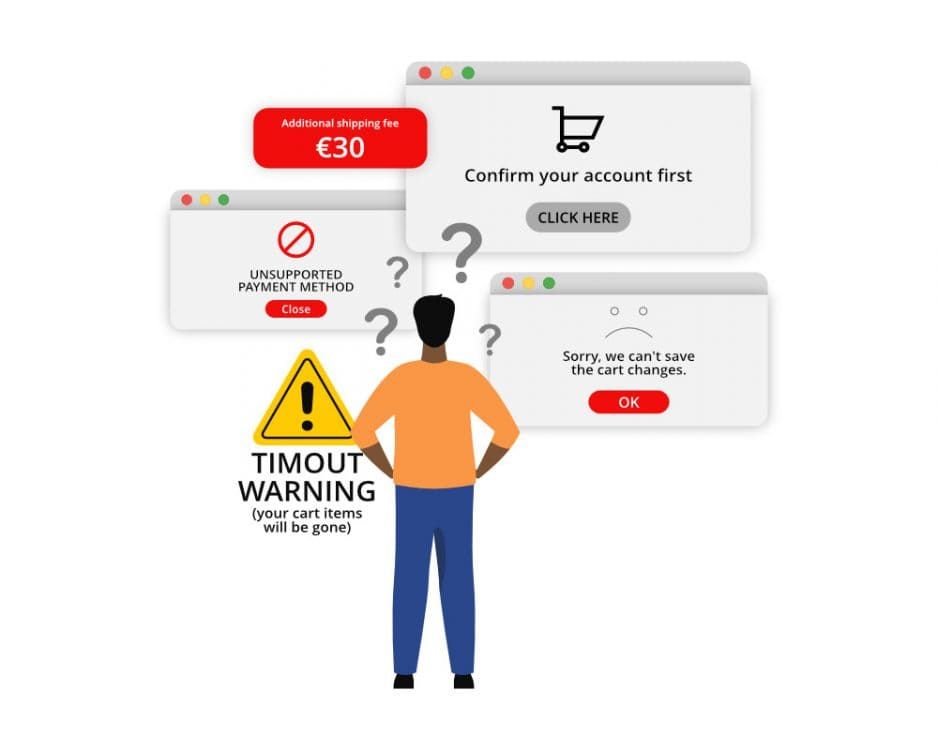
Even with precautionary measures in place, you may still encounter issues while shopping online. Here are some steps to handle common problems.
Online shopping has become increasingly popular in recent years, offering convenience and a wide range of products at our fingertips. However, it’s important to be aware of the potential risks and know how to handle any issues that may arise during the process.
Dealing with Fraudulent Charges
If you notice any suspicious charges on your credit or debit card statement, it’s crucial to take immediate action to protect yourself from further harm:
- Contact your bank or credit card issuer to report the unauthorized charges. They have dedicated fraud departments that can assist you in resolving the issue.
- File a dispute or fraud claim to initiate an investigation. Provide all the necessary information and documentation to support your case.
- Consider placing a fraud alert on your credit report. This will notify potential creditors that you may be a victim of fraud, adding an extra layer of protection.
- Review your online shopping habits and ensure you are only making purchases from reputable websites. Look for secure payment options and check for customer reviews before making a transaction.
- Regularly monitor your credit card statements and financial accounts for any unusual activity. Early detection is key in minimizing the impact of fraudulent charges.
By taking these steps, you can not only resolve the issue at hand but also prevent future fraudulent charges and protect your financial well-being.
Steps to Take if Your Information is Compromised
In the unfortunate event that your personal and private information is compromised, it’s essential to act swiftly to mitigate the potential damage:
- Change your passwords immediately. Start with your online shopping accounts and then proceed to other accounts that may have the same or similar passwords.
- Monitor your financial accounts for any unauthorized activity. Regularly check your bank statements, credit card statements, and any other financial accounts to identify any suspicious transactions.
- Contact the affected websites or companies to report the breach and inquire about any additional security measures they may recommend.
- Consider freezing your credit to prevent potential identity theft. This will restrict access to your credit report, making it difficult for fraudsters to open new accounts in your name.
- Stay vigilant and educate yourself about common phishing scams and other tactics used by cybercriminals. Being aware of the latest threats can help you avoid falling victim to future attacks.
Remember, prevention is always better than cure. Take proactive measures to protect your personal information and practice safe online shopping habits to minimize the risk of encountering such issues.
Researching Products and Sellers: The Art to Shop Online

In the vast digital marketplace, the journey from browsing to purchasing necessitates a discerning eye and a strategic approach. Navigating the intricate web of online shopping requires meticulous research and an astute understanding of product quality and seller credibility. This article elucidates the quintessential steps to ensure a secure and satisfying online shopping experience.
Conducting Due Diligence Before Making Purchases
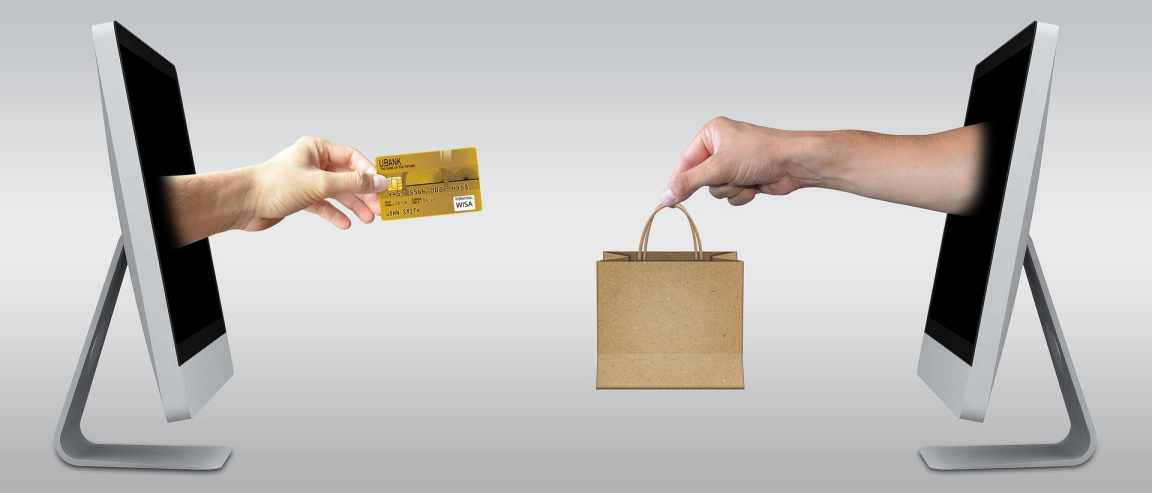
The foundation of online shopping safety rests upon conducting due diligence before making any purchases. Begin by scrutinizing the online store’s credentials. Look for the padlock icon in the address bar—a symbol of encrypted connections that protect your sensitive account information.
Furthermore, delve into the seller’s background. Verify the physical address and explore their reputation through online reviews and ratings. The Better Business Bureau and other reputable platforms offer invaluable insights into the legitimacy and reliability of online stores. A meticulous evaluation of the seller’s credentials mitigates the risk of encountering fraudulent websites and unauthorized charges.
Reading Reviews, Comparing Prices, and Verifying Seller Ratings
In the digital marketplace, the collective wisdom of consumers serves as a beacon for safe online shopping. Prioritize reading customer reviews, as they provide firsthand insights into product quality, seller responsiveness, and overall shopping experience. However, exercise discernment and be wary of manipulated or overly generic reviews.
Moreover, compare prices across multiple sites to ascertain competitive pricing and genuine bargains. Familiar brands often maintain consistent pricing across many sites and authorized retailers, so discrepancies may indicate potential red flags. Additionally, verify seller ratings and certifications, as they serve as hallmarks of credibility and trustworthiness in online transactions.
Avoiding Counterfeit Goods and Unauthorized Resellers

The allure of rock-bottom prices can sometimes obscure the underlying risks associated with counterfeit goods and unauthorized resellers. Counterfeit products not only compromise quality but also pose significant legal and ethical implications. Exercise caution when encountering unfamiliar sites offering unrealistically low prices, as they may be harboring counterfeit goods or engaging in unauthorized resale practices.
Familiarize yourself with the manufacturer’s authorized retailers and adhere to established e-commerce platforms endorsed by reputable entities. This strategic approach minimizes the risk of falling prey to counterfeit schemes and ensures that you receive authentic products that meet stringent quality standards.
Ensuring Authenticity and Quality in Online Shopping
Authenticity and quality are the cornerstones of a rewarding online shopping experience. Prioritize shopping directly from authorized retailers and established e-commerce platforms to safeguard against counterfeit goods and unauthorized resellers. Additionally, maintain vigilance when exploring unfamiliar sites and exercise common sense to discern genuine offers from deceptive schemes.
Regularly monitor credit card statements for any unauthorized charges and promptly report discrepancies to credit card companies. Implementing advanced security measures, such as a virtual private network (VPN) when shopping on public Wi-Fi networks, further fortifies your defenses against identity theft and fraudulent activities.
By following these tips and practicing safe online shopping habits, you can navigate the vast online marketplace with confidence and ensure a secure and rewarding shopping experience. Remember, your privacy is in your hands, so always stay vigilant and informed.

